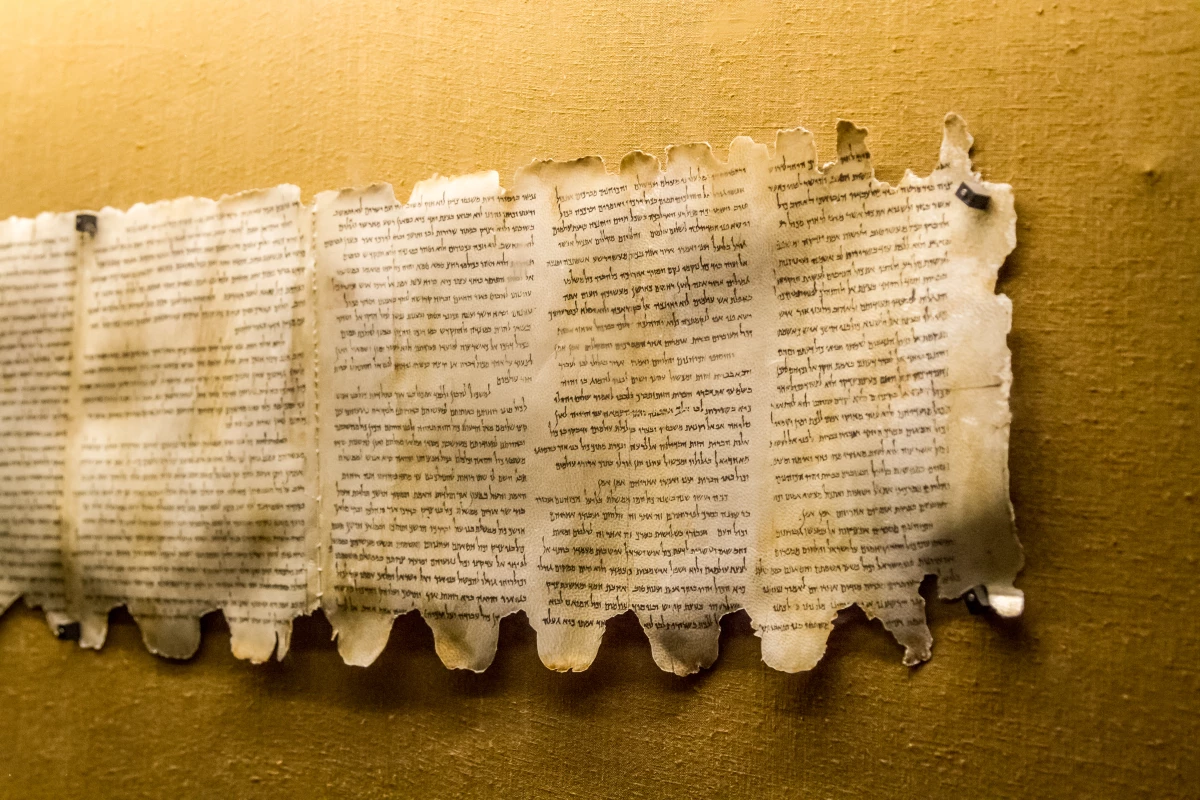A new method of handwriting analysis developed by researchers from the University of Groningen is offering fresh clues as to who wrote the Dead Sea Scrolls. Testing the machine learning tool on one of the most famous ancient scrolls has revealed not one but two scribes were responsible for the ancient text.
The Great Isaiah Scroll was among the first Dead Sea Scrolls to be discovered in 1946. It is one of the largest and best preserved of all the scrolls, presenting the oldest complete copy of the Book of Isaiah.
Exactly how many scribes wrote this, and other Dead Sea Scrolls, is a fiercely debated topic in religious and academic circles. To try and find some answers Mladen Popovic, a theological historian, turned to modern artificial intelligence tools.
Popovic chose the Great Isaiah Scroll at the team’s first target because it is impressively complete, spanning 17 sheets of parchment. This particular scroll also features reasonably uniform handwriting implying it is the work of a solo scribe, although a number of scholars have suggested it may be the result of at least two scribes purposely sharing similar writing styles.
To ascertain whether there was more than one scribe behind the scroll, the researchers grouped together all the uses of the Hebrew letter aleph. The single letter appears over 5,000 times in the Great Isaiah Scroll, and Popovic suggests human eyes are limited in their ability to notice small differences in handwriting styles.
Utilizing several pattern recognition and artificial intelligence techniques the research revealed changes in handwriting patterns beginning halfway through the manuscript. Some scholars have in the past hypothesized the Great Isaiah Scroll to be the work of two separate scribes and this new evidence confirms that theory.
“Now, we can confirm this with a quantitative analysis of the handwriting as well as with robust statistical analyses,” explains Popovic. “Instead of basing judgment on more-or-less impressionistic evidence, with the intelligent assistance of the computer, we can demonstrate that the separation is statistically significant.”

In the new study, published in the journal PLOS One, Popovic and his team say the significant similarities in handwriting between the two scribes on the Great Isaiah Scroll points to interesting ideas explaining how the Dead Sea Scrolls came to be. The fact that two different scribes contributed to the same manuscript, with ostensibly similar handwriting, possibly implies a school or family setting behind the creation of the scrolls.
“The similarity in handwriting between different scribes can indicate a common training shared by the scribes, perhaps in a school setting or otherwise close social setting, such as in a family context a father having taught a son to write,” the researchers hypothesize in the study. “For five documentary texts it has been suggested that the similarity in script may be the result from a common school training.”
Moving forward the novel handwriting analysis technique demonstrated in the study offers scholars entirely new ways to study ancient manuscripts. Further work will inevitably investigate more Dead Sea Scrolls and build on this finding to shed light on who wrote these fascinating artifacts.
“This is very exciting, because this opens a new window on the ancient world that can reveal much more intricate connections between the scribes that produced the scrolls,” says Popovic. “In this study, we found evidence for a very similar writing style shared by the two Great Isaiah Scroll scribes, which suggests a common training or origin. Our next step is to investigate other scrolls, where we may find different origins or training for the scribes.”
The new study was published in the journal PLOS One.
Source: University of Groningen




